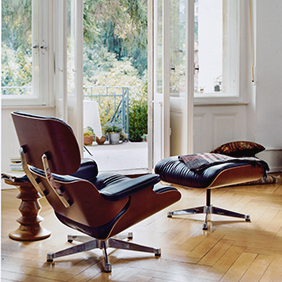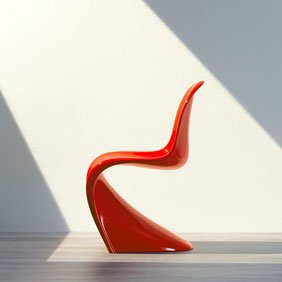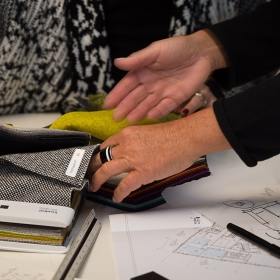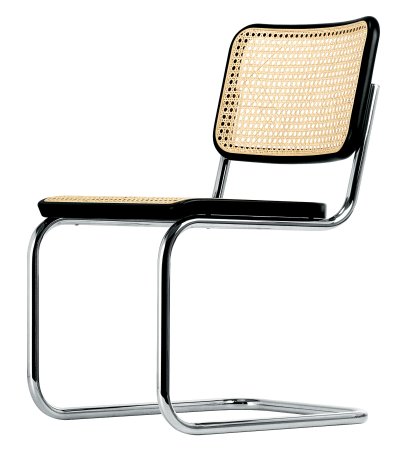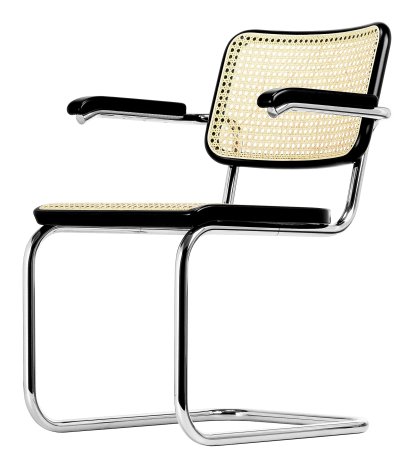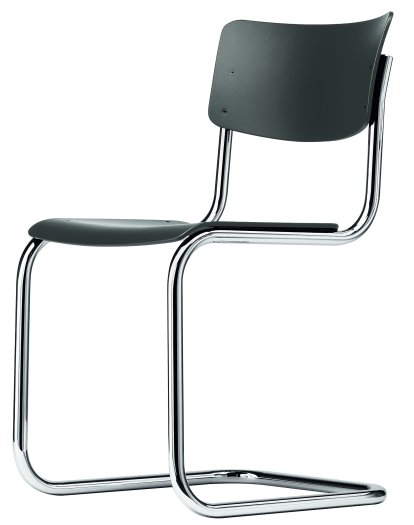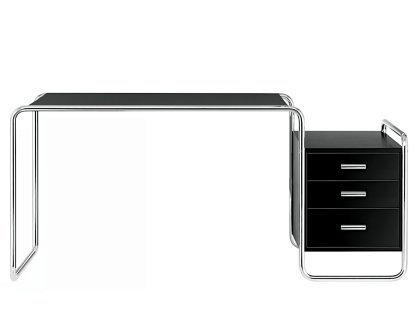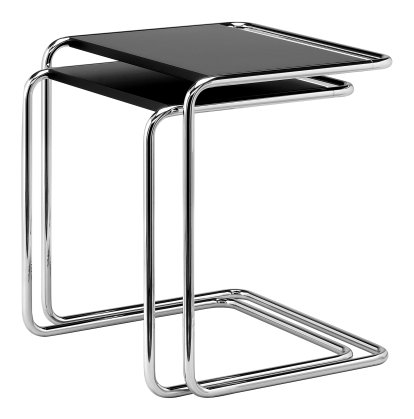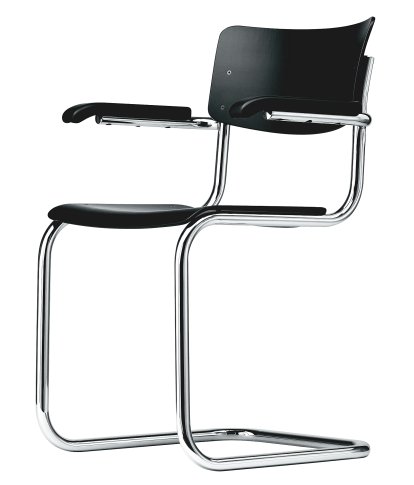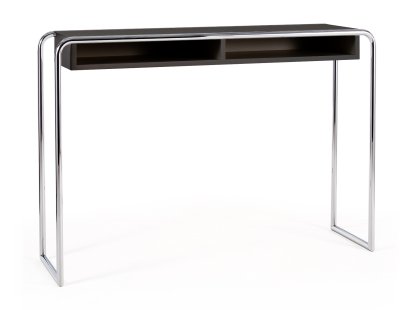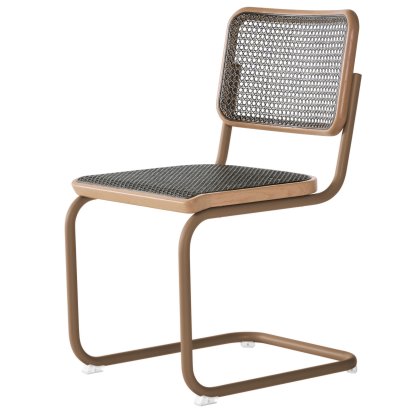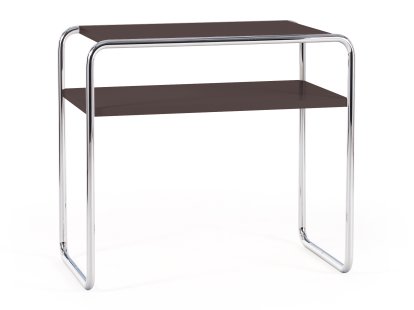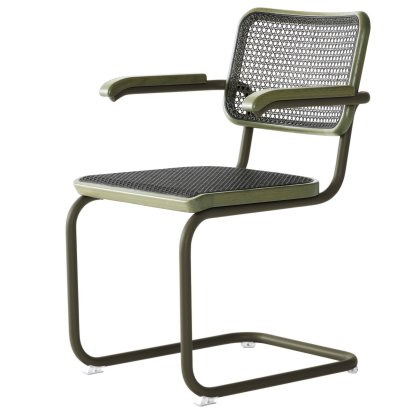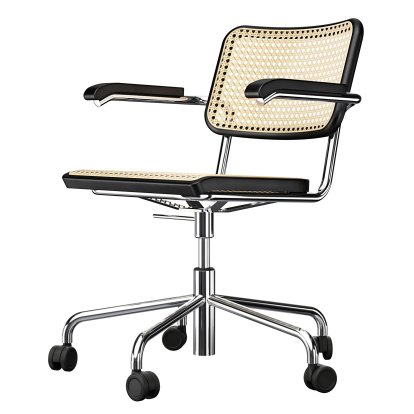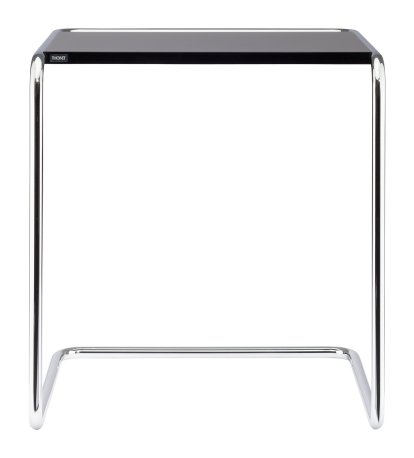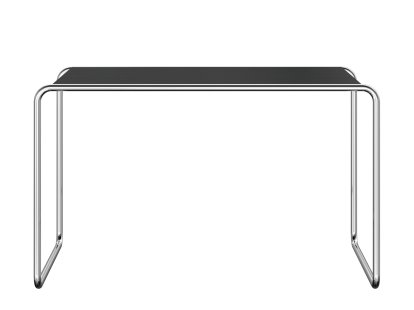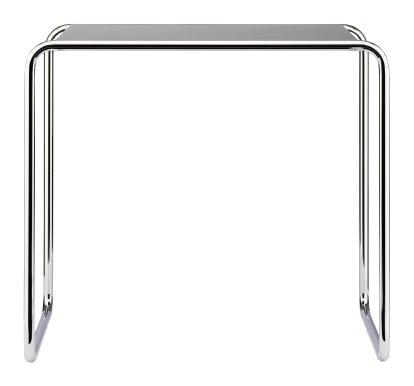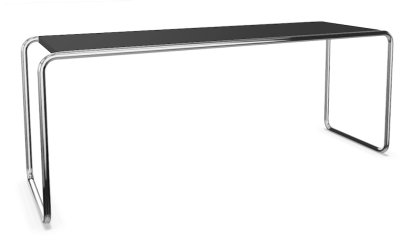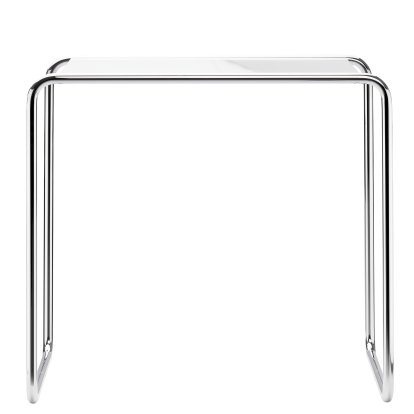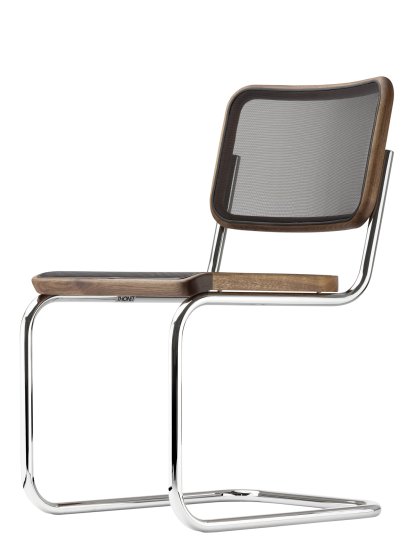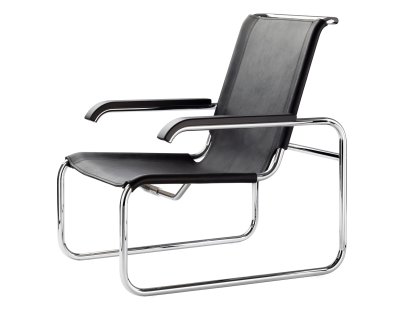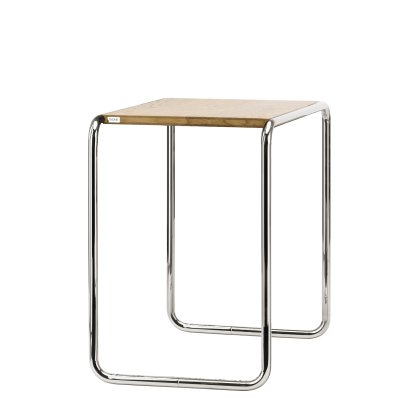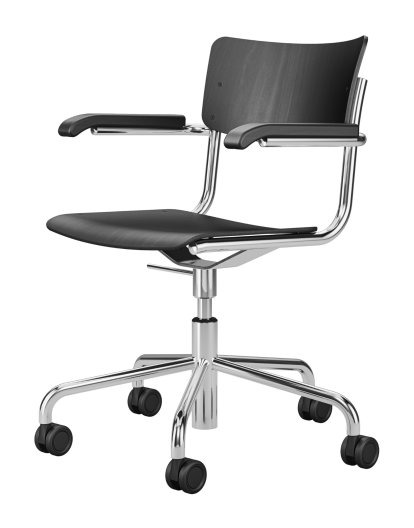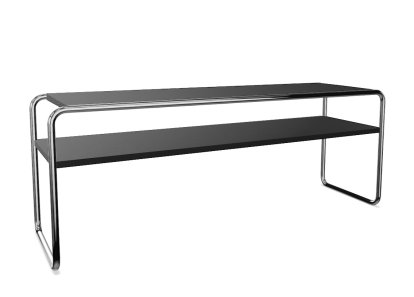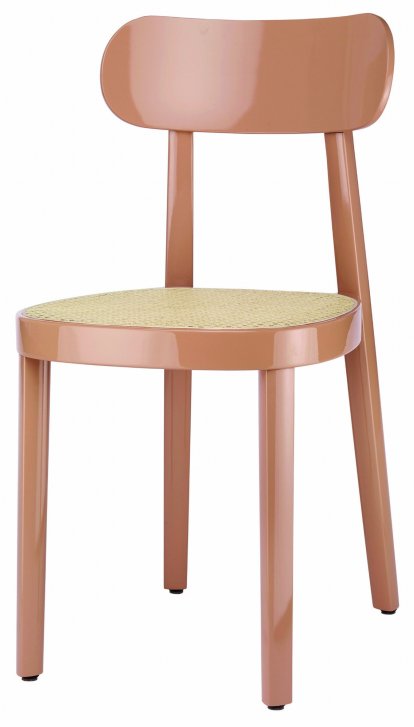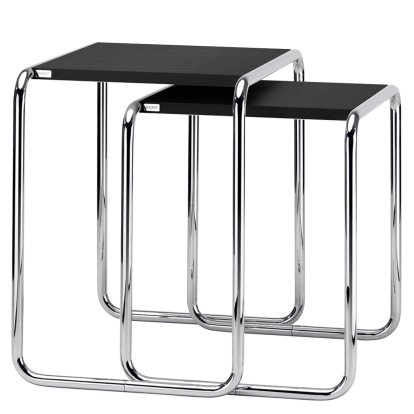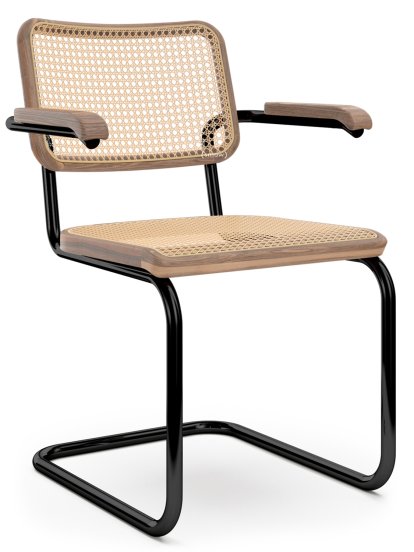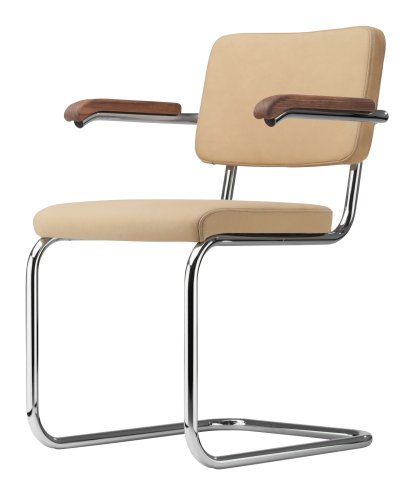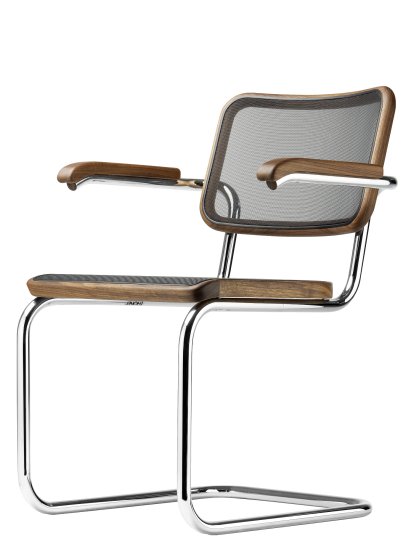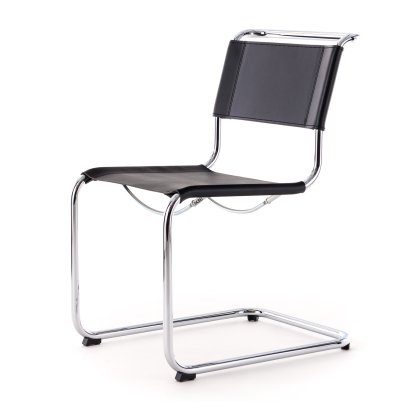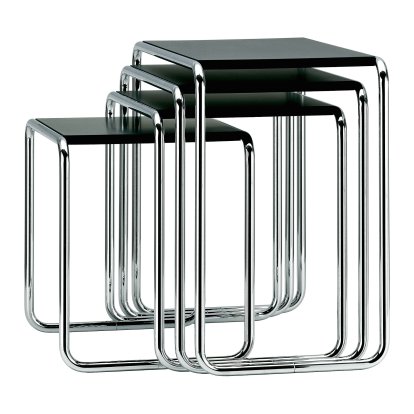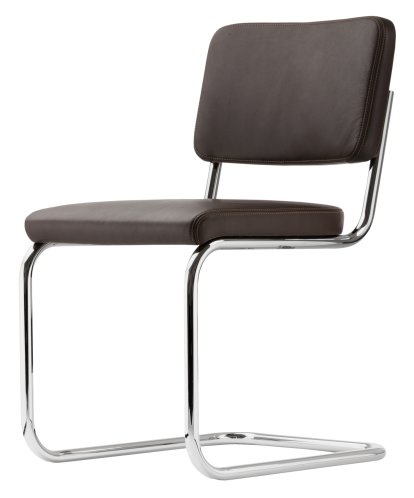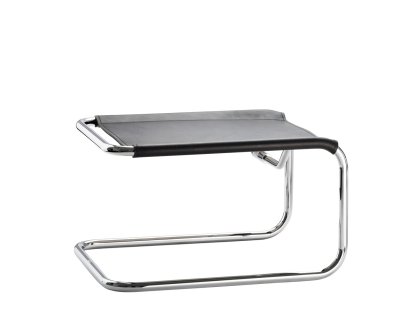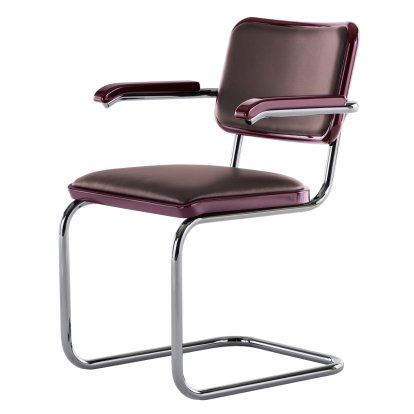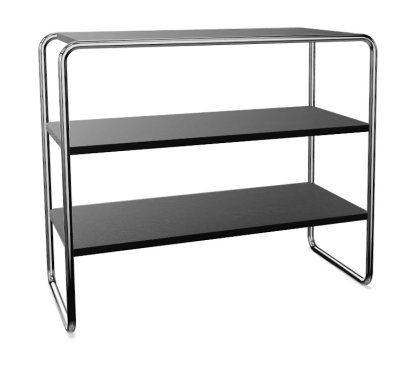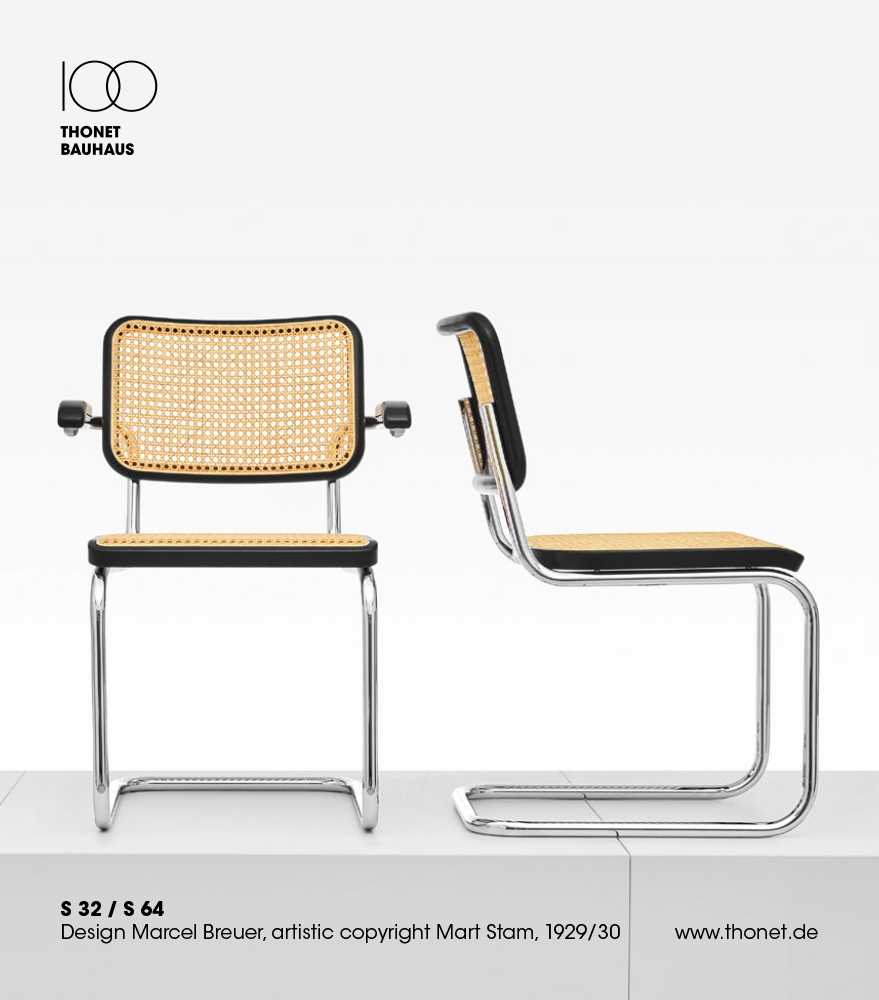- Shelves & Cabinets
- Bookshelves
- Wall Mounted Shelving
- Sideboards & Commodes
- Multimedia Units
- Side & Roll Container
- Bar Furniture
- Wardrobes
- Occasional Storage
- Components
- ... all Storage
Thonet Bauhaus Design
- Thonet
-
Thonet on site
- Thonet in Berlin
- Thonet in Chemnitz
- Thonet in Düsseldorf
- Thonet in Essen
- Thonet in Frankfurt
- Thonet in Freiburg
- Thonet in Hamburg
- Thonet in Hanover
- Thonet in Kempten
- Thonet in Cologne
- Thonet in Konstanz
- Thonet in Leipzig
- Thonet in Mainz
- Thonet in Munich
- Thonet in Nuremberg
- Thonet at Schwarzwald
- Thonet in Solothurn
- Thonet in Stuttgart
-
All Manufacturers
- &Tradition
- Acapulco Design
- Andersen
- Anglepoise
- Architectmade
- Arper
- Artek
- Artemide
- Asco
- Audo Copenhagen
- Belux
- Bene
- Brunner
- Bruunmunch
- Cane-line
- Carl Hansen & Søn
- Cassina
- ClassiCon
- Conmoto
- Cor
- Création Baumann
- Fabula Living
- Ferm Living
- Fermob
- Feuerring
- Flos
- Form1
- Foscarini
- Fritz Hansen
- Frost Denmark
- Gan
- Gerriets
- Globe
- Gloster
- Grau
- Gubi
- Håg
- Hay
- Horgenglarus
- Houe
- Ingo Maurer
- Janua
- Kartell
- Kay Bojesen
- Knoll International
- König + Neurath
- Kristalia
- Kvadrat
- Lapalma
- Le Klint
- Leather On Top
- LoCa
- Louis Poulsen
- Made by Hand
- Magis
- Maigrau
- Marset
- Midgard
- Million CPH
- Mocoba
- Montana
- Müller Möbelfabrikation
- Müller Small Living
- Muuto
- Nils Holger Moormann
- Nimbus
- Normann Copenhagen
- Norr11
- Northern
- Object Carpet
- Objekte unserer Tage
- OK Design
- Ongo
- Ophelis
- OX Denmarq
- Parkhaus Berlin
- Peruse
- Petite Friture
- Piure
- Renz
- Richard Lampert
- Rosendahl
- Röthlisberger
- Röwa
- Rowac
- S+ Systemmöbel
- Schönbuch
- Secto Design
- String Furniture
- Taschen
- Tecnolumen
- Tecta
- Thonet
- Tiptoe
- USM Haller
- Vario
- Verpan
- Vetsak
- Vipp
- Vitra
- Walter Knoll
- WB Form
- We Do Wood
- Werner Works
- Wilde + Spieth
- Zanotta
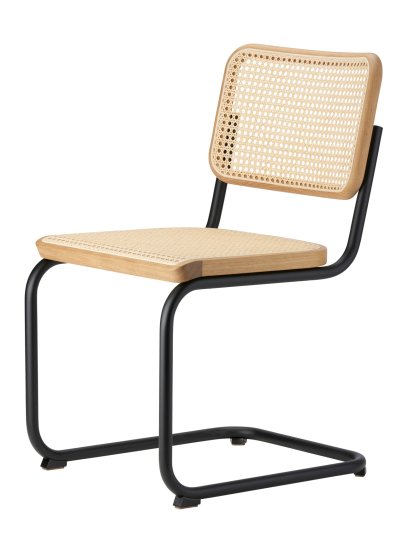
996,00 €
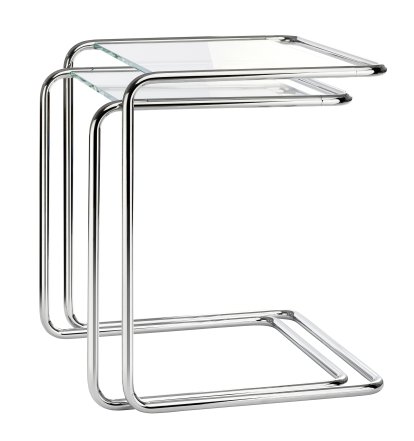
1.254,00 €
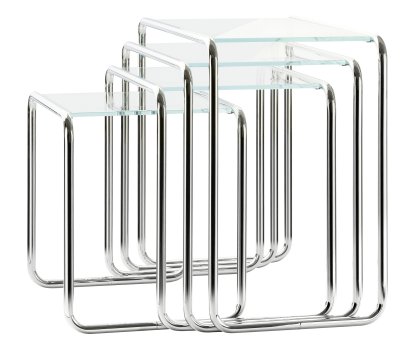
2.508,00 €
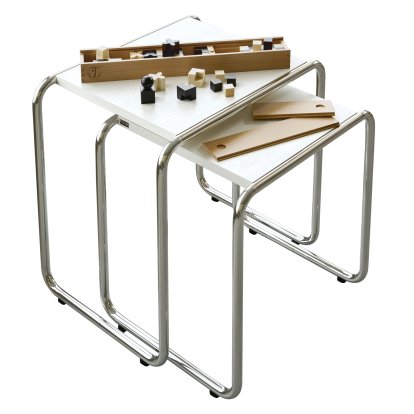
1.500,00 €
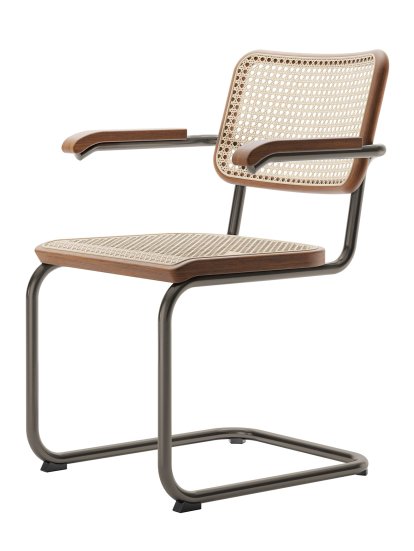
1.259,00 €
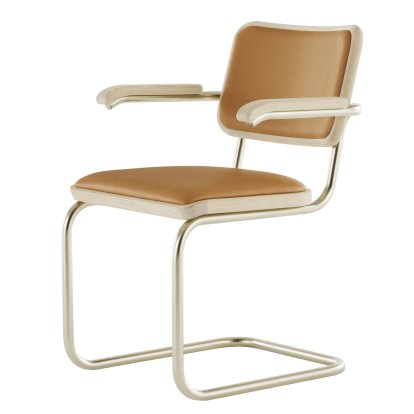
(standard delivery time)
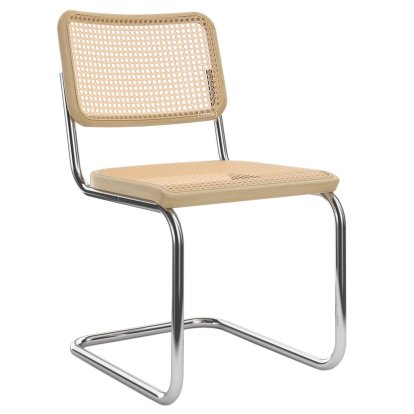
from 1.102,00 €
(standard delivery time)
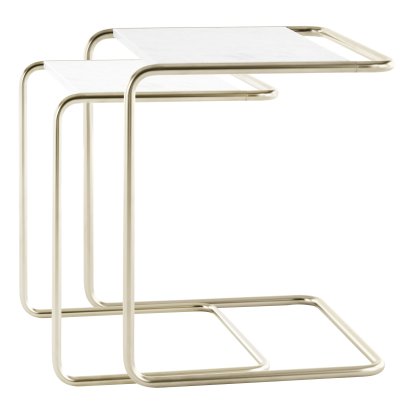
(standard delivery time)
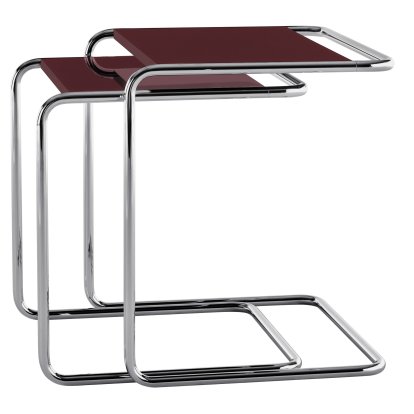
(standard delivery time)
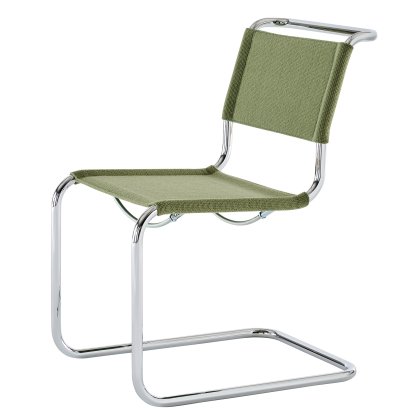
from 1.143,00 €
(standard delivery time)
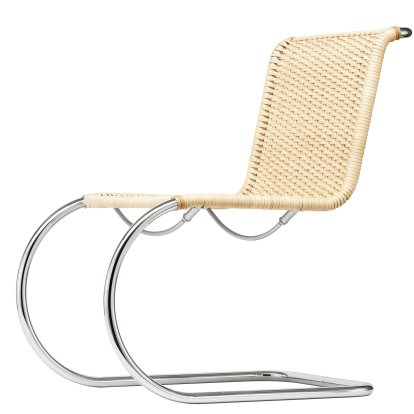
1.608,00 €
(standard delivery time)
Thonet and Bauhaus
In the years following the First World War, architecture developed a strong tendency away from its previous bourgeois ideals towards a clear, sober functionality. One of the most important roles in this context was undoubtedly played by Walter Gropius who in 1919 founded Bauhaus as a college for advancing the artistic basis of industry, trade and craft. In terms of content, the Bauhaus architects were representatives of the "New Objectivity" and largely oriented themselves on Michael Thonet's principle of reducing form and material to the essentials: something seen especially in regards of the then innovative material steel tube, a material with which was much experimented and designed, and a material which was experienced a real boom thanks to Thonet's developments of the late 1920s.
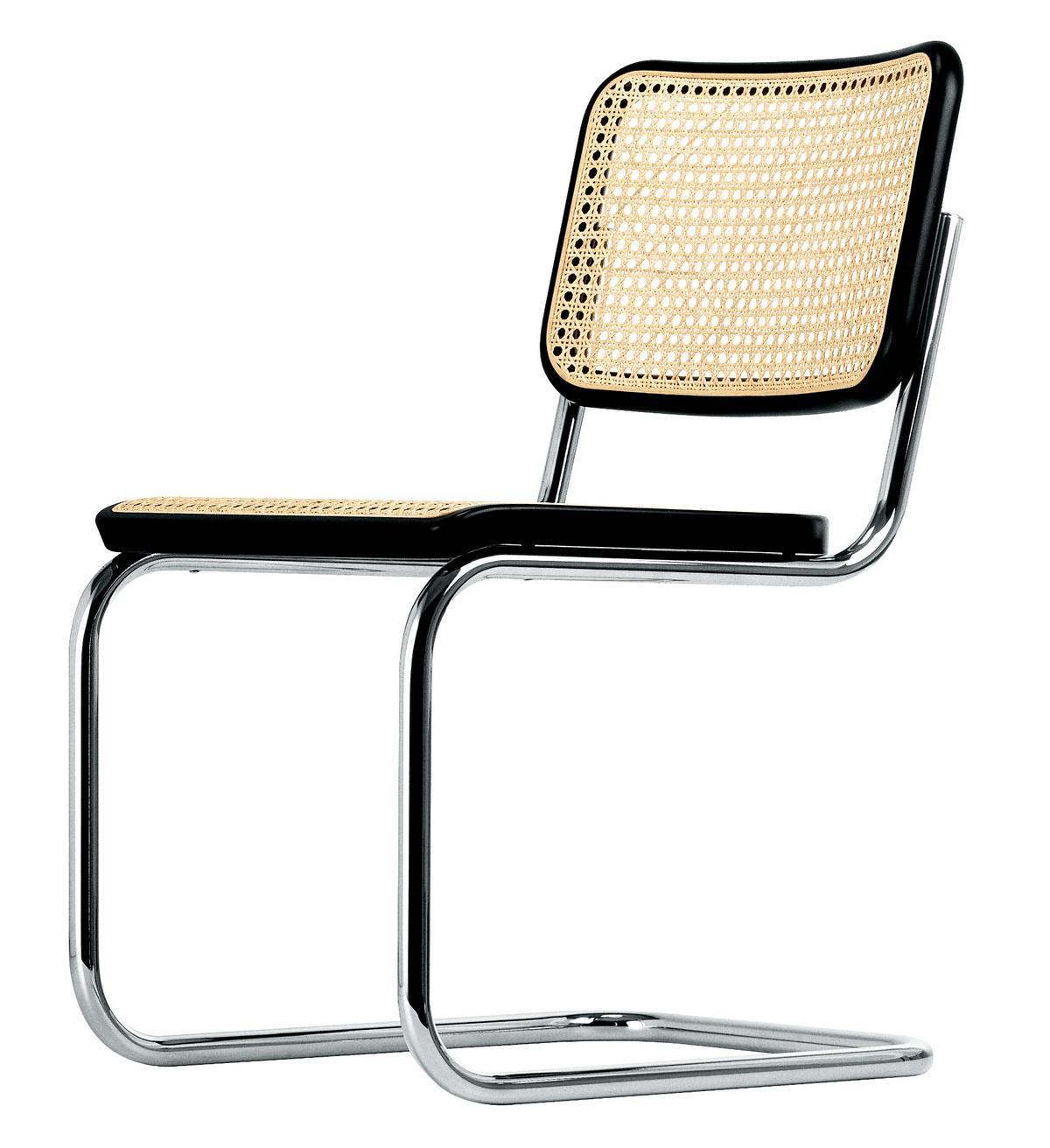
The Design Classic Thonet S 32

Bauhaus in Dessau
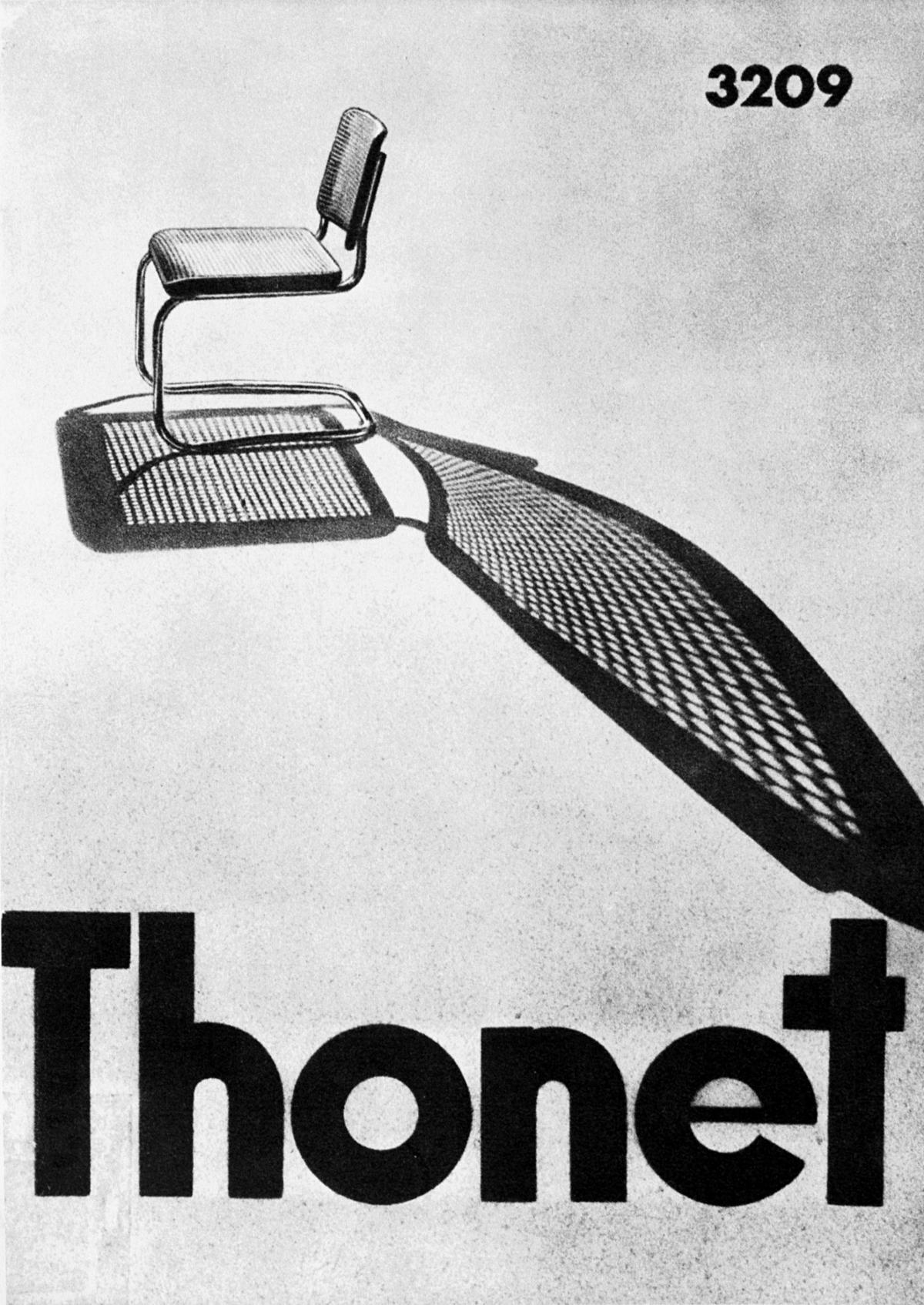
Thonet cantilever
Marcel Breuer was one of the first to fully explore the potential of the innovative new material, designing some classics of tubular steel seating including the cantilever chair S 32/S 32 N, which is still produced by Thonet and is one of the undisputed classics in design history. In addition to Breuer's designs there are also numerous tubular steel design classics by Mart Stam, Le Corbusier and Ludwig Mies van der Rohe in the product portfolio of the furniture manufacturer from the German community of Frankenberg (Eder).
100 Years of Bauhaus
2019 marks the 100th anniversary of the founding of Bauhaus. To mark this historic event a series of celebrations are planned within the framework of the jubilee program "100 years of Bauhaus" under the motto "Re-considering the world". Together with regional and international partners the Bauhaus Association invites you to discover the lasting impact of the art school across a wide range of social and cultural contexts.


